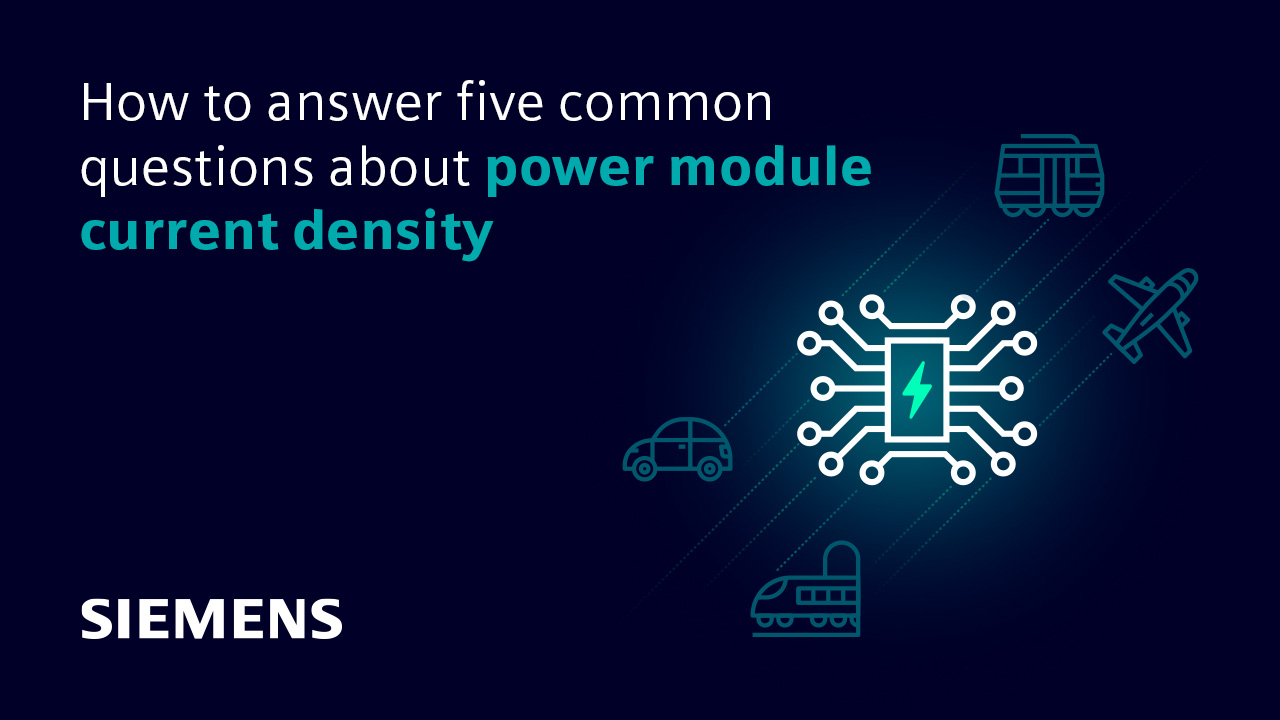How to answer five common questions about power module current density

Power module current density is an important factor in determining the efficiency and performance of power modules. It can vary widely depending on the type of module, its design and how it’s used. This guide provides answers to five common questions about power module current density so you can make informed decisions when designing a power module for your application.
1. How many wires bonds are required?
The number of wire bonds required for a power module depends on several factors, including the physical size of the module, the planned current density, and other design considerations. Generally speaking, a higher current density requires an increased number of wire bonds to reduce resistance and ensure efficient electrical performance.
For a typical power module, a current density of a few A/mm is typical, requiring 10-20 wire bonds. For an increased current density of several A/mm, more additional wire bonds will be required (design dependent), while denser modules may need as many as a few dozen or more.
2. Is the current through the wire bonds distributed equally?
The current density of the module determines how much power each bond carries; the higher the current density, the more power it will be asked to carry and thus, the less evenly distributed it will be. This means that if two wires have different lengths or are connected to different parts of the module, the larger or more heavily connected wire will carry more current than the smaller or less heavily connected one.
3. Which conductor material should be used?
When selecting a conductor material for a power module, several factors should be taken into consideration. The most important factor is the current density; the higher the current density, the more robust conductor material is required. For example, copper is often used for modules with low current densities (2-4 A/mm) because it has good electrical conductivity and is relatively inexpensive. However, for higher current densities (6-8 A/mm) aluminum or silver alloys may be more suitable due to their superior electrical properties.
4. Do current density hot spots based on component or dimple placement exist?
Yes, current density hot spots can exist based on component or dimple placement. This is because components and dimples are usually not evenly distributed across the power module’s surface area, resulting in certain areas having higher concentrations of current than others. In addition, component and dimple placement can impact how the current flows through the module. For example, components that are placed close together will have a higher current density than those that are spaced further apart.
5. Maximum current density for different load cases?
The maximum current density for different load cases can vary depending on the module design and its intended use. In general, higher current densities require more robust conductor materials, more wire bonds and more careful component placement to ensure an optimal electrical performance. For instance, in a high-power DC application, a higher current density of 8-10 A/mm may be required, while for a low-power AC application, a lower current density of 2-4 A/mm may be sufficient. Additionally, the current density should also take into account any other design limitations or safety considerations for the application. This will help ensure that the module can handle the necessary current without exceeding its power capacity or causing damage to components.
To account for the current density of an entire power module, computer-based simulations like HyperLynx Fullwave Solver HPC from Siemens are essential. Moreover, considering a variety of frequencies—such as 0 Hz, 10 kHz, 100 kHz and 1 MHz —this task becomes increasingly complex.
To learn more about designing power modules, download our whitepaper, Power modules: A four-dimensional design challenge calls for a holistic design and verification approach.


